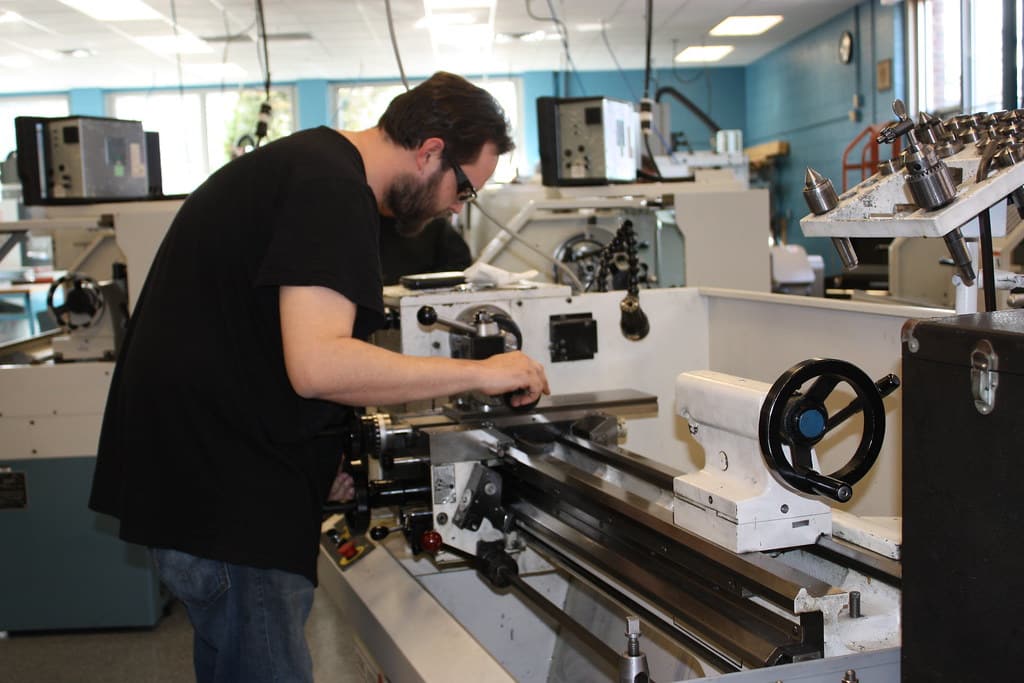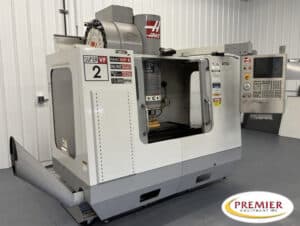There are many CNC careers available, with openings for all experience levels. If you are interested in becoming a CNC machinist, here is some information about the field as well as the steps involved in reaching your goal.
What Does a CNC Machinist Do?
A used CNC machine makes parts out of metal or plastic by cutting, drilling, and grinding the raw materials into the desired shape. The job of the machinist is to execute the manufacture of parts by planning and programming the machine and setting up the material feed, path of the cut, and speed.
As a machinist, you actually have several different roles to play in the manufacturing process:
- Builder
- Craftsperson
- Fabricator
- Mechanic
- Quality assurance officer
Because of the important roles they play in industrial engineering, CNC machinists are some of the most critical members of their teams.
What Are the Job Outlook and Salary Expectations?
Hourly wages for CNC machinists are based on skills and experience. An entry-level position can pay between $14 and $20 an hour. As you gain experience, your salary is likely to rise. An experienced machinist can earn up to $120,000 per year.
Demand for CNC machinists is high and likely to increase. It is estimated that, by 2025, there will be 3.5 million positions available, but it is expected that only 1.5 million of them will be filled. Because the demand for skilled workers to fill those positions outstrips supply, you should have your choice of the machinist job you want once you are qualified. Once you become a machinist, you should have job security.
How Long Does It Take To Become a Machinist?
Whether you choose a degree or a certification program, it usually involves a combination of on-the-job training and classroom education. You will probably have the opportunity to gain real-world experience through an apprenticeship or an internship. It may take four to five years to complete the program and become fully qualified.
What Are the Steps Involved in Becoming a CNC Machinist?
The career path to becoming a machinist typically involves the following steps:
1. Learn About the Different Types of Machinist Jobs
There are three basic types of CNC machinists:
- Operating machinists
- Programming machinists
- Setup machinists
The type of machinist you want to become determines the career path you should take, so learn all you can about the duties of each.
2. Decide Whether To Pursue a Certificate Program or a Degree
The credential that you need to become a machinist is a certificate. You can earn a certificate as part of a degree program, but you do not need a degree to earn your certification. Earning a degree takes longer but may make you more employable.
3. Earn a High School Diploma or Equivalent
Regardless of whether you decide to pursue a degree or enroll in a certificate program, you need to earn a high school diploma or GED to be qualified to enroll.
4. Complete a Formal Apprenticeship
As part of your education or training, you learn theoretical knowledge about CNC machining in a classroom. During your apprenticeship, you gain hands-on experience by applying that knowledge in a practical setting under the supervision of a qualified machinist. The apprenticeship takes up to four years to complete.
5. Earn Your Certification
Once you have completed your formal training, you can gain your certification by taking an examination by the National Institute for Metalworking Skills. The exam includes both a written element and a practical exam applying the skills you have learned on real CNC machines.
Passing the exam shows that you have the necessary skills to work in the field operating CNC machines. Contact us anytime for more information about CNC machines or working in the industry.



